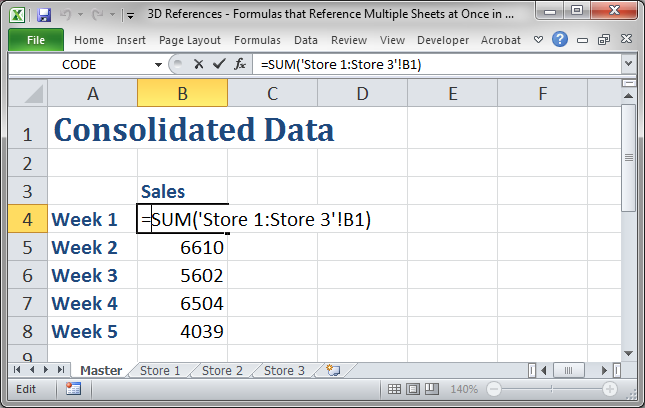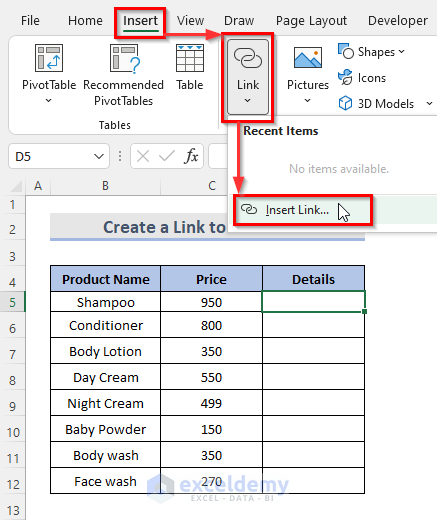Connect Excel Sheets in 2010: A Simple Guide

In today's digital age, Microsoft Excel remains an indispensable tool for data management and analysis across various industries. One of its many useful features is the ability to connect Excel sheets, which can significantly enhance productivity by allowing users to link data across multiple spreadsheets. This guide will explore how to use this functionality in Excel 2010, providing you with a simple yet effective approach to manage your data more efficiently.
Understanding Excel Workbook Connections

Before diving into the mechanics, it’s crucial to understand what linking Excel sheets entails. When you connect Excel sheets, you are essentially referencing cells in one worksheet or workbook from another, which can streamline your data management:
- Consistency: Ensure all linked sheets reflect any changes made to the original data.
- Accuracy: Reduce manual errors by pulling real-time data from source sheets.
- Efficiency: Automate the update process, saving time for analysis or reporting.
Connecting Sheets within the Same Workbook

The simplest form of connecting data is within the same workbook. Here’s how to do it:
- Open your Excel 2010 workbook where you want to make connections.
- Select the cell where you want the linked data to appear.
- Press
=to start a formula. - Click on the sheet tab where your source data is located, and select the desired cell.
- Press Enter to establish the link. The formula bar will show a reference like
=Sheet1!A1.
🔍 Note: Keep in mind that when you connect cells from different sheets, Excel uses a notation involving sheet names and exclamation points, like =SheetName!Cell.
Linking Data from Different Workbooks

When dealing with multiple workbooks, the process is slightly different:
- Open both the source workbook (where the original data resides) and the destination workbook (where you want the linked data to appear).
- In the destination workbook, select the cell where you want the data to appear.
- Enter
=followed by[, then navigate to the source workbook, and select the cell. - The reference should look like
=[SourceWorkbook.xlsx]SheetName!Cell. Press Enter.
👀 Note: Always have both workbooks open to update links and save both files. If one workbook is closed, you’ll get a warning about broken links.
Updating Links in Excel

When opening a workbook with external links, Excel often prompts for updates:
- Manual Updates: You can manually update links by going to ‘Data’ > ‘Edit Links’ to refresh or change the source.
- Automatic Updates: Check the ‘Update links on save’ option under the ‘Formulas’ > ‘Calculation Options’ menu for automatic updates.
Managing and Troubleshooting Links

Here are some tips for managing and resolving issues:
- To check or edit external links, use ‘Data’ > ‘Edit Links’.
- For troubleshooting, ensure the source file is in the same directory or update paths if moved.
- If links are broken, locate and reconnect them through the ‘Edit Links’ dialog.
🔗 Note: If you have many links, consider creating a document map or table to manage them efficiently.
| Action | Steps |
|---|---|
| Update Links |
|
| Change Source |
|
| Break Links |
|

Final Thoughts

This comprehensive guide provides you with the tools to connect Excel sheets within Microsoft Excel 2010, significantly improving your data management capabilities. By linking data effectively, you can maintain consistency, reduce errors, and work more efficiently. Always remember to manage links carefully and keep source data organized to prevent issues with updating. Whether you’re dealing with large datasets or simply want to keep multiple sheets in sync, Excel’s linking feature can transform the way you handle your information.
How often should I update my external links in Excel?

+
Update your external links whenever the source data changes or as needed for your reporting or analysis. Excel can automatically update links when saving if ‘Update links on save’ is enabled.
Can I link data between sheets in different Excel formats?

+
Yes, you can link data between Excel files of different versions (e.g., Excel 2003 to Excel 2010), but ensure both are compatible with the linking mechanism.
What happens if the source file for a link is deleted or moved?

+
Excel will prompt you to locate the missing file. If the file is not found, the linked cells will display #REF! errors until you reconnect the source data or break the link.
Is there a way to protect linked data from being accidentally edited?

+
You can protect sheets with linked data by using Excel’s ‘Protect Sheet’ or ‘Protect Workbook’ features. This prevents unauthorized editing of formulas or data.
Can I automate Excel to update links via a macro?

+
Yes, you can write a VBA macro to automate the updating of external links, ensuring that your data is always current without manual intervention.



